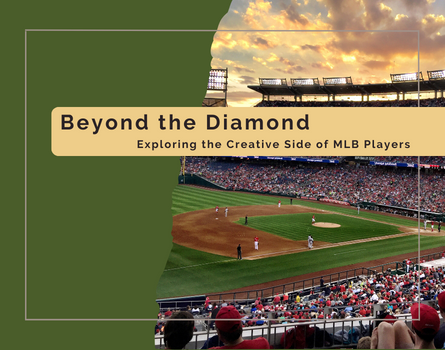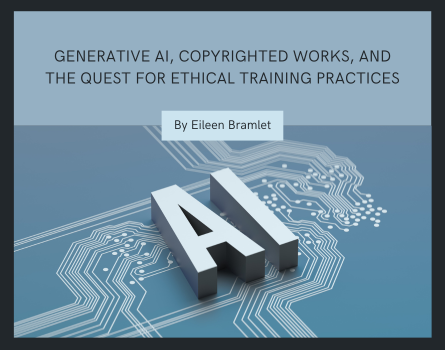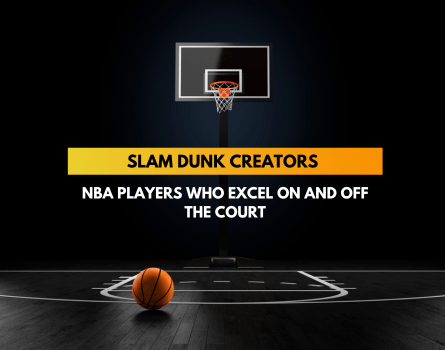With all 30 Major League Baseball (MLB) teams scheduled to play on March 28, which is opening day, the 2024 season will be upon us before we know it. The imminent start of the new season got me thinking about how we envision MLB players, and how our minds usually conjure up images of the pop in the catcher’s mitt from a blazing fastball, the scoreboard explosion after a game-winning home run, and the crowd’s roar after an outfielder makes a gravity defying catch. But what you may not know is that numerous MLB stars have also successfully embarked upon successful “second act” careers in the arts after they hang up their cleats. From actors and singers to artists and writers, some former players now captivate audiences off the field, engaging a new legion of fans as these elite athletes become members of the creative community. So as the 2024 MLB season gets underway later this month, check out some of the star players who made it big off the field as talented creators.
Songwriter and Producer Barry Zito
For more than a decade (15 seasons to be exact), Barry Zito played Major League Baseball for the Oakland Athletics and San Francisco Giants. As his career took off, he became known as one of the best pitchers in the MLB, with his claim to fame being his devastating curveball. After playing his final game in 2015, Zito turned to music, which he referred to as his “first love.” According to Zito, “Ever since my late 20s, the dream was to write and produce pop music in Los Angeles after retiring from sports.” Instead, Zito ultimately landed in Music City, aka Nashville, and began work as a country-folk songwriter and producer. In 2017, his No Secrets EP rose to No. 28 on Billboard’s Heatseekers Albums chart. In summing up his second act in Nashville, Zito says, “Music isn’t just something I do… music is who I am.”
Fine Artist Micah Johnson
Since he was a kid, Micah Johnson knew he wanted to grow up to become a pro baseball player. In 2012, the Chicago White Sox drafted him in the ninth round out of Indiana University, helping make his childhood dream come true. He went on to play second baseman for the White Sox, Dodgers, and Braves. And as his ball career progressed, Johnson was just getting warmed up. In 2016, a new passion took shape—that of becoming an artist. As Johnson started to receive encouragement from teammates, family members, and friends who embraced his artwork, he gained the confidence needed to continue honing his talent. Much of his artistry has centered around “empowering young African American kids to see what is possible and dream without limitations,” which became the ongoing inspiration for his work. His success in pro ball and the creative world continued simultaneously until he retired from playing in 2018. In 2020, Johnson began releasing a series of pieces, one of which, Aku—“an animated confident black astronaut character”—went viral and became the first NFT optioned to become a feature film. Today, Johnson continues to broaden his artistic skills as he looks back at how it all started, saying “Sharing your art is a vulnerable experience. So, when I got encouragement [from others], that’s all I needed.”
Rapper and Broadcaster Deion Sanders
It’s nearly impossible for sports fans to not know who Deion Sanders is. Sanders, who is known as “Prime Time,” played at the highest levels in the NFL and MLB—simultaneously—demonstrating his formidable talent in both sports. He is the only athlete who played in both the Super Bowl and the World Series. In fact, during the 1989 season, Sanders hit a home run in the MLB and scored a touchdown in the NFL during the same week, becoming the only player ever to ever accomplish such a feat. Sanders played for a number of teams in the MLB for nine seasons beginning in 1989, finding immediate success in baseball just as he had done in football. In 1994, while Sanders was still playing pro ball, hip-hop was dominating the music charts. As musicians like Outkast and Notorious B.I.G. launched their early albums, Sanders debuted a rap song and video titled Must Be the Money, along with countless other singles and an album titled Prime Time that reached the No. 70 spot on the R&B/Hip-Hop charts. Retiring from baseball in 2001, Sanders went on to become a sports broadcaster for a number of shows before becoming a high-profile college football coach at the University of Colorado-Boulder. So, although he’s not currently broadcasting game scores or making music, there’s no telling when Sanders will be back in the studio again and working away on some new tracks.
Sports Broadcaster and Singer Steven Brault
Former pitcher Steven Brault began his baseball career when he was picked up by the Baltimore Orioles in the 11th round of the 2013 draft. He was subsequently traded to the Pittsburgh Pirates and debuted with them in 2016. After going back and forth from the Majors and the minors, he retired in late 2023 and began a new role in sports broadcasting with SportsNet Pittsburgh. In this new capacity, he will soon start to report on pre- and post-game coverage during the regular MLB 2024 season. As his broadcasting career gets underway this spring, Brault is spending time learning, researching, networking, and preparing for this new opportunity. In commenting about his new gig, Brault noted, “I know I’m on the other side [of baseball] now… I want to make sure that I’m not taking any liberties with that kind of trust.” But broadcasting is not Brault’s only talent off the field. Along the way, in 2020, he released a 12-song musical album titled A Pitch at Broadway, which features famous Broadway musical tunes from Wicked, Phantom of the Opera, and more. He also performed the national anthem at numerous Pirates games. As one reporter recently noted, “The dude’s got pipes.” In an announcement about his retirement at the end of 2023, Brault stated, “Playing Major League Baseball was everything I could have imagined and so much more… I may be retiring from playing, but I plan to continue in this game for life. Baseball is my passion, and I plan on sharing that passion with the world [through broadcasting].”
Portrait Painter Curt Flood
Curt Flood played baseball for 15 seasons for the Cincinnati Reds, St. Louis Cardinals, and Washington Senators, beginning in 1956. Flood wasn’t just a remarkable All-Star talent—he also paved the way for free agency in baseball when he defied the MLB’s reserve clause, asserting that owners and managers should not be able to dictate the teams he and others played for. In a 1969 letter to then-Baseball Commissioner Bowie Kuhn, Flood demanded to be declared a free agent. After years of negotiations and lawsuits, MLB players ultimately got free agency and other professional sports followed suit. Flood’s determined stance made him one of the most influential baseball players of all time, resulting in a critical change that continues to benefit pro athletes today. But his story doesn’t end there. In addition to his MLB career and his advocacy for free agency, Flood was also a masterful artist, spending his off seasons and his post-MLB days as a successful portrait painter. In fact, Flood’s portrait of Reverend Martin Luther King, Jr. was presented to Reverend King’s widow, Coretta Scott King, and later hung in the White House. Flood once famously said, “Baseball and painting make a good balance. Baseball is virile. It’s rough and tough. Painting is sensitive; quiet. It’s an outlet to overcome tension.”
Authors Abound
A number of colorful former MLB players have written books that have resonated with broad audiences as a result of their compelling storytelling, candid “behind the scenes” insights, and unique perspectives on the world of baseball. Whether the motivation behind becoming a storyteller was to preserve a legacy or to simply transition to a new career, a multitude of former pro ball players have written best-sellers in the genre of sports literature, including such favorites as “Ball Four” by Jim Bouton and “The Bronx Zoo” by Sparky Lyle. “Ball Four” is a memoir about Jim Bouton’s vast experiences in the world of Major League Baseball and is widely known for providing a backstage view into the world of pro ball. As a former pitcher, Bouton used the book as a platform to candidly discuss his experiences playing for the New York Yankees and other teams. Published in 1970, the book was deemed controversial at the time for covering topics such as drug use among players, management conflicts, and more. It is now considered a classic and its praised as one of the best sports books written. “The Bronx Zoo” by Sparky Lyle, which was published in 1979, details the 1978 season of the New York Yankees, focusing on the team’s “colorful personalities” and its tumultuous journey to winning the World Series. Lyle, a former Yankees pitcher, shares his firsthand account of his team’s ups and downs, delivering a book that is revealing, entertaining, and written from a true insider’s perspective. These are just two examples, there are many other former MLB players-turned authors.
Stepping Away from the Field of Dreams
Let’s face it, being an MLB player is not an easy job, with players expected to execute game-winning plays on the baseball field by their droves of dedicated fans, fellow players, and coaches. However, as evidenced by those athletes who have a talent for hitting balls out of the park and scoring big creatively off the field, there are numerous MLB players (past and present) who have been—and who continue to be—successfully pursuing creative careers and demonstrating a passion for the arts during their second acts.
If you aren’t already a member of the Copyright Alliance, you can join today by completing our Individual Creator Members membership form! Members gain access to monthly newsletters, educational webinars, and so much more — all for free!












